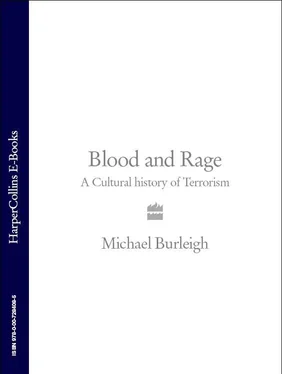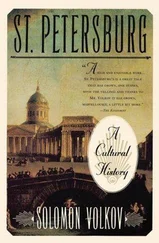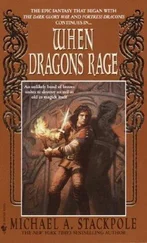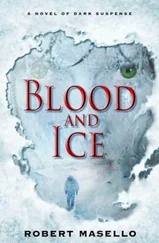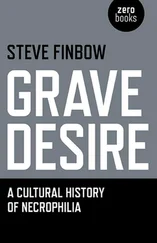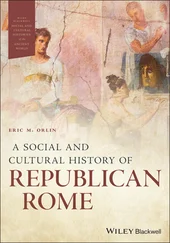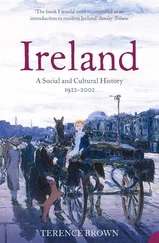A CULTURAL HISTORY OF TERRORISM


EPIGRAPH
PREFACE
CHAPTER 1
I FRIENDS ACROSS THE OCEAN
II HEWING THE WAY
CHAPTER 2
I DOING GOOD
II BOLSHEVIKS AND BANDITS
CHAPTER 3
I ‘SHOOT, STAB, BURN, POISON AND BOMB’
II THE BLACK INTERNATIONAL
CHAPTER 4
I HOLY LAND, HOLY WAR
II THE BATTLE OF THE CASBAH
III RELUCTANT TERRORISTS
CHAPTER 5
I ‘A GRAVEYARD FOR PLOTTERS’
II MUNICH
III WAR OF THE SPOOKS
CHAPTER 6
I IDEOLOGY ADDICTS
II YEARS OF LEAD
III THE MORO AFFAIR
IV BERLINER LUFT
V ‘THIS JOB THAT WE’RE DOING IS SERIOUS.
VI DESERT DAYS
VII THE MYTHS OF STAMMHEIM
VIII THE SECOND AND THIRD GENERATIONS
CHAPTER 7
I ‘SHARP LIKE AN AXE AND QUIET LIKE A SNAKE’: ETA
II STATES OF SIEGE
III DELIVERING CHAOS
IV SECTARIAN STRATEGIES
CHAPTER 8
I MOB HYSTERIA
II THE BROTHERS AND PHAROAH
III THE RISE OF ISLAMISM IN ALGERIA
IV MUSLIM SOUTH ASIA
V HOLY WAR: THE AFGHAN JIHAD
VI ANGER, RAGE AND TV
VII TARGETING AMERICA BEFORE 9/11 AND IRAQ
VIII AFTERMATHS IN AN AGE OF ANXIETY
NOTES
PICTURE CREDITS
SELECT BIBLIOGRAPHY
INDEX
ALSO BY MICHAEL BURLEIGH
COPYRIGHT
ABOUT THE PUBLISHER
In their basic relation to themselves most people are narrators … What they like is the orderly sequence of facts, because it has the look of a necessity, and by means of the impression that their life has a ‘course’ they manage to feel somehow sheltered in the midst of chaos.
Robert Musil, The Man without Qualities
This book’s starting point is the moment when recognisably modern terrorist organisations emerged in the mid-nineteenth century, dubious precedence being accorded here to the Irish Fenians. We could venture back to the medieval Assassins of Syria or the early modern British Gunpowder Plot, but my knowledge of both has faded with age and I do not regard either as especially helpful in understanding contemporary terrorism. The book’s working assumptions are evident throughout. There are well over a hundred definitions of terrorism and it is possible to aggregate those elements that recur most frequently. Terrorism is a tactic primarily used by non-state actors, who can be an acephalous entity as well as a hierarchical organisation, to create a psychological climate of fear in order to compensate for the legitimate political power they do not possess. It can be distinguished from, say, guerrilla warfare, political assassination or economic sabotage, although organisations that practise terror have certainly resorted to these too.
That modern states, from the Jacobins in the 1790s onwards, have been responsible for the most lethal instances of terrorism, including self-styled counter-terror campaigns, is taken as a given, which does not absolve non-state actors through repetition of this historical truism. State violence is currently on the defensive, as various rabble armies run amok under the guise of Islamic or liberation or people’s revolution or whatever they call themselves. Nor does the cliché that yesterday’s terrorist is tomorrow’s statesman really get us very far. If you imagine that Osama bin Laden is going to evolve into Nelson Mandela, you need a psychiatrist rather than an historian. The Al Qaeda leader does not want to negotiate with us since what he desires is for all infidels and apostates to submit or be killed.
This book focuses on life histories and actions rather than the theories which validate them, roughly in accord with St Matthew’s precept ‘By their fruits ye shall know them’. This is not because I am dismissive of ideas and ideology – quite the contrary – but because these seem a relatively neglected part of the picture. Ideology is like a detonator that enables a pre-existing chemical mix to explode. Terrorists make choices all along their journey, and it is these I am most interested in. Hence the book is about terrorism as a career, a culture and a way of life, although obviously one involving death, for the terrorists’ victims and sometimes for the terrorists themselves, unless they deliberately court this through suicidal operations like Hamas, Hizbollah or the Tamil Tigers. Terrorism is violent, which is why there is much detailed discussion of violence in the book, as well as material intended to demystify and deglamorise terrorist operations. Some terrorists do indeed kill people; many others spend their time laundering money or stealing vehicles. Since much of this material is in the public domain, it is of no operational use to would-be terrorists.
As the book tries to make crystal clear, especially to anyone who might appear to harbour a sneaking admiration for those who wish to change the world by violence, the milieu of terrorists is invariably morally squalid, when it is not merely criminal. That is especially evident in the chapters below on Russian nihilists, the Baader-Meinhof gang, and both loyalist and republican terrorists in Northern Ireland. The unexpressed goal of bringing about transformative chaos becomes the element in which terrorists are most at home. Destruction and self-destruction briefly compensate for some perceived slight or more abstract grievances that cause their hysterical rage. As endless studies of terrorist psychology reveal, they are morally insane, without being clinically psychotic. If that affliction unites most terrorists, then their victims usually have one thing in common, regardless of their social class, politics or religious faith. That is a desire to live unexceptional lives settled amid their families and friends, without some resentful radical loser – who can be a millionaire loser harbouring delusions of victimhood – wishing to destroy and maim them so as to realise a world that almost nobody wants. That unites the victims of terror from Algiers, Baghdad, Cairo, via London, Madrid and New York, to Nairobi, Singapore and Jakarta. They all bleed and grieve in the same way.
If this book were to be absolutely comprehensive, it would be doubly long, losing its human focus. That is why such subjects as terrorism in Latin America from the Tupamaros to FARC, the US itself, and the Sinhalese-Tamil conflict in Sri Lanka have been omitted, although there is passing allusion to them all. Alert readers will realise that buried in the history are suggestions about which past policies work, and which didn’t, regarding, for example, how to deal with imprisoned terrorists who routinely try to convert jails into universities or how to derange terrorist financing by encouraging organised crime. In this I have learned a great deal from studies and programmes in such varied places as Italy, France, Indonesia, Saudi Arabia and Singapore, whose existence and importance are routinely ignored. Since this is not a counter-terrorism manual, any prescriptions are highly tentative, such as disaggregating terrorist movements along their inner fault lines, while emphasising the commonality of suffering that terrorism produces in all our respective civilisations. As long as people hardly react to the news that x number of people, remarkably like ourselves in longing for life, have been killed by a bomb in Egypt or Malaysia, there will be no effective global response to this current epidemic. A properly funded police, intelligence and military response is essential; but so are improved public diplomacy and efforts to deradicalise potential terrorists, for the Hot and Cold Wars are now parallel. They have to learn not only that they cannot win, with even 9/11 merely affecting the operations of Wall Street for a few days, but that they are fighting precisely those societies that can most help their own societies overcome their wounding intellectual and material dependency on the West. When the cause is discredited, Islamist terrorism, like that of anarchists or Nihilists, will significantly abate, although die-hards will never stop.
Читать дальше
